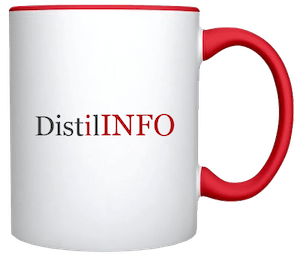One of the most ambitious projects in Apple history launched in less than a month, and was driven by just a handful of employees.
In mid-March, with Covid-19 spreading to almost every country in the world, a small team at Apple started brainstorming how they could help. They knew that smartphones would be key to the global coronavirus response, particularly as countries started relaxing their shelter-in-place orders. To prepare for that, governments and private companies were building so-called “contact tracing” apps to monitor citizens’ movements and determine whether they might have come into contact with someone infected with the virus.
Within a few weeks, the Apple project — code-named “Bubble” — had dozens of employees working on it with executive-level support from two sponsors: Craig Federighi, a senior vice president of software engineering, and Jeff Williams, the company’s chief operating officer and de-facto head of healthcare. By the end of the month, Google had officially come on board, and about a week later, the companies’ two CEOs Tim Cook and Sundar Pichai met virtually to give their final vote of approval to the project.
That speed of development was highly unusual for Apple, a company obsessed with making its products perfect before releasing them to the world. Project Bubble also required that Apple join forces with its historic rival, Google, to co-develop technology that could be used by health authorities in countries around the world.
Want to publish your own articles on DistilINFO Publications?
Send us an email, we will get in touch with you.
The software, which Apple and Google now refer to by the softer-sounding term “exposure notification” instead of “contact tracing,” is due to be released on May 1. In recent weeks, the employees have been working nights and weekends to incorporate external feedback. The companies still have their critics, but the transparency has helped them win over some unlikely supporters, including in countries like Germany where officials were initially reluctant to work with Big Tech.
CNBC spoke with five people familiar with the project to find out how it happened, from the earliest incarnations to the present day. The insiders declined to be named because they were not authorized by their companies to speak openly about the project.
Two approaches: Bluetooth vs GPS
Traditional contact tracing has been used to slow the spread of pandemics for years. It begins when a public health hears about an infected person and checks in with them to find out where they’ve been, and whom they might have come into contact with. A health official will then track down those people and suggest they get tested or socially isolate themselves.
Personal technology like cellphones can be used to facilitate digital contact tracing. A phone has various technologies that can be used to pinpoint where a user has been, and which other phones have come nearby, without requiring them to remember exactly where they were and who was nearby.
As the coronavirus pandemic took off, authorities turned to digital contact tracing as a possible way to help track and slow the spread of the disease without having to hire a large number of human tracers.
Some early contact tracing apps like Trace Together in Singapore used a phone’s Bluetooth signal, which has a range of about 30 feet, to figure out when two phones were near each other. Strong signals suggest that two people are very close, while weak ones suggest that they’re too far apart for there to be potential exposure (although experts like Ashkan Soltani, the former CTO for the Federal Trade Commission have warned it’s by no means a perfect system).
If a person was identified with coronavirus, they could let Singapore’s Ministry of Health look at the app data and notify other people who had been near them recently.
Source: CNBC







